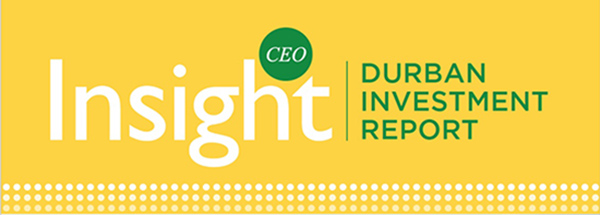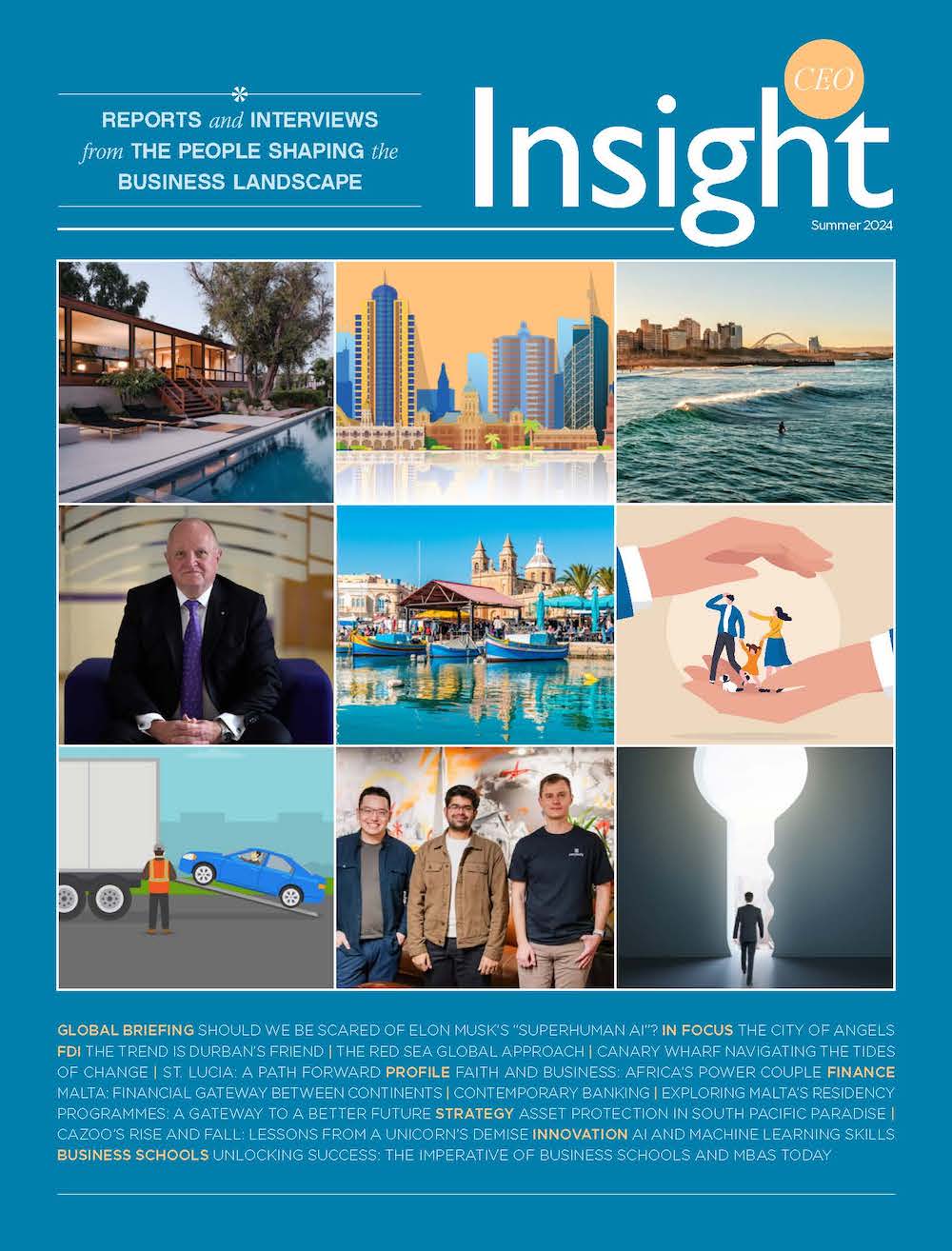Go East
Share

Asia, holding over half the world’s population, is back on investors’ radars. After witnessing a lot of tangible, structural change in recent years, an acceptance of capitalism and capitalistic development and a yearning to align itself with the growth and expansion that China has enjoyed, is authorising the continent to take a more central role this year. Still comparatively cheap, investors are buying into markets like Taiwan and South Korea because they consider them global growth trades. Initially Donald Trump’s victory threatened to mar the case for emerging-market stocks, as America’s new president vowed to defend his country from trade-inflicted ‘carnage’.
The primary response of Asian stock investors was obvious – sell, fearing his protectionist trade style would harm the region’s export economies, and rising rates and the strengthening dollar that followed Trump’s victory risked pushing capital out of the developing world. Where the US dollar tends to move; historically capital flows to the region are inclined to do the opposite. However, billions of dollars have been pumped into Asia and, in particular, its emerging markets over the last year.
Emerging markets are enticing fresh funds emphasising a tendency among investors to look further afield for returns as weekly inflows into emerging-market stocks came to $2.1 billion, marking a fourth straight week of gains. Economic data in Asia has steadied and waning concerns over potential US trade policy has helped lift equities, while the markets benefited from local currency strength. Foreign money is expected to increase and according to new research released by ANZ, capital inflows to the region rose to $US15.3 billion in March, and the United Overseas Bank foresees FDI inflows into ASEAN to surpass China for the first time this year. The existing absence of infrastructure investment, alongside the opening up of frontier ASEAN economies such as Myanmar offer huge possibilities for investors.
“Investors are buying into markets like Taiwan and South Korea because they consider them global growth trades.”
The World Bank’s East Asia Pacific Economic Update, released on April 14 this year forecast that the developing economies of East Asia would grow by 6.2% in 2017. Robust domestic demand and an intensifying call for exports have strengthened the economies and the simplest explanation for this rebound is that global demand is itself back on solid ground. Foreign investors continue to scoop up emerging market bonds and stocks in Asia, reassured by a modest US dollar weakness on the back of a declining US treasury yield. In March, inflows into stocks were recorded in all markets except for the Philippines. On the bond side of the ledger, capital flowed to all markets apart from Malaysia which saw net selling of $US5.9 billion.

Malaysian bonds may not have been on the investor remit, but Indian stocks and bonds rose to $US9.1 billion, the largest one-month increase ever acknowledged. While India’s earlier move to scrap 500 and 1000 rupee notes posed a risk to growth prospects, the country’s recovery has obviously grabbed foreign investors’ attention and investor confidence for the region is growing.
According to Khoon Goh, head of Asia research at ANZ, the increased inflows is not only credited to the ‘Trump trade’ cooling off but also to optimism about the economic outlook for the area, highlighted by the UN World Economic Situation and Prospects report that places South and East Asia as the world’s most dynamic regions with a profitable status for 2017.
After a dip in February, the Asian services PMI rebounded to the highest since September 2014. The faster upturn in services activity coincided with an improvement in business confidence – the strongest in over 18 months – and Asia’s economic growth regained momentum in March, improving to a three-and-a-half year high. With sturdier growth expected in both the developed and emerging-market economies, 2017 has brought with it optimism and opportunity, with financial conditions and monetary and fiscal policies all outwardly appearing encouraging for the major economies. Still, in spite of this healthier perspective, emerging-market economies still face challenges this year.
As the Asian markets carry on growing, the Institute for International Finance show that emerging markets accumulated more than $39 trillion debt since 2006 and the threat of protectionism and a stronger dollar are always worrying. Financiers are not yet fully ready to approve Asia as a core investment destination, and global and regional vulnerabilities mean that the positive prospects for growth and poverty reduction in the region are still subject to significant risks. Khoon Goh reinforces this caution by indicting that investors still need to tread carefully to avoid disappointment and added to this is the debate over whether the reflation trade that marked much of 2016 would continue in 2017.
At present, it would be premature to predict a genuine growth recovery beyond exports, and while foreign investors may be widening their nets, uncertainties remain.



























